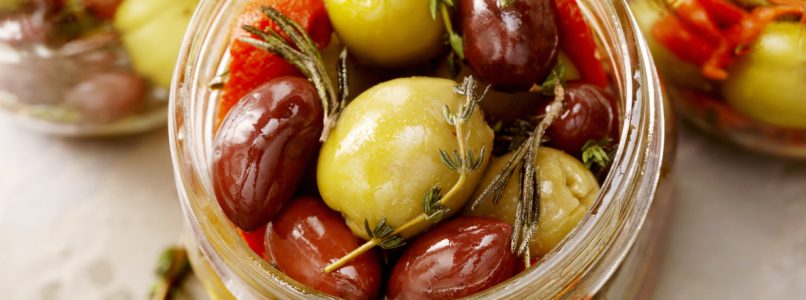Lemon is good for you. The doctors of ancient Greece had already discovered the benefits. But it was with the study of scurvy (a disease due to the deficiency of vitamin C), made in 1747 by James Lind, a Scottish doctor of the British navy, that his contribution became essential: stocks of lemons on the ships that sailed the oceans for long weeks they prevented the crews from getting sick.
It is precisely the high contribution of C vitamin which makes this fruit so important. But not only. Lemon is rich in flavonoids, substances that have an antioxidant and digestive action, improve circulation and protect the heart, eyes and eyesight.
Vitamin C (together with vitamin E) or ascorbic acid has several basic functions for the organism. Has strong antioxidant power, fights the free radicals responsible for aging, increases the bioavailability of iron. And most importantly, it helps boost the immune defenses that protect us from virus and bacteria.
The recommended dose of Vitamin C is 85 mg per day for women (rising to 100 in case of pregnancy) and 105 for men, an amount that can be quietly assimilate through nutrition and without the need for supplements. Also because an excessive dosage can be harmful for those who are subject to accumulations of oxalic acid and kidney stones.
Lemon is one of the best known sources of vitamin C and represents one good defense against the flu. A daily juice of an orange and two lemons defends against the symptoms of cooling. And the essential oils of the rind, infused with hot water and ginger, relieve respiratory problems.
Promotes digestion. The citric acid of the juice has an antacid effect in the stomach: a report prepared for the Consorzio Limone di Siracusa PGI reports the ancient Indian habit of mixing a pinch of salt and cayenne pepper with lemon juice. And, unlike what is often thought, lemon juice added to hot water promotes intestinal motility, because it stimulates the contractions of the walls of the intestine. It also has a disinfectant function against parasites, viruses and bacteria.
It is good for the skin. The vitamin C present in lemon juice is essential in the production of collagen, one of the most important proteins in the body. For this reason, lemon juice keeps the skin healthy. Thanks to the high percentage of α-hydroxy acids, which penetrate into the deep layers, it keeps the tissues firm, elastic and compact, leaving the face soft and hydrated. In addition, it has an antiseptic and purifying function for young and impure skin.
As Valeria Rizza, pharmacist, who has followed the research carried out for the Consortium of the lemon of Siracusa PGI, mixing in equal parts of water, lemon, honey and aloe obtains a detergent with which to wash your face daily. A jar of yogurt mixed with lemon juice and a spoonful of aloe is an excellent natural lightening mask: apply for 30 minutes 3 or 4 times a week, rinse with warm water and complete with a moisturizing cream; during the day the skin should be protected with a sunscreen.
In short, a small Mediterranean fruit, often forgotten at the bottom of the refrigerator, is actually a delicious treasure trove of virtue.
For other natural beauty remedies click here.
Livia Fagetti
October 8, 2014
updated in February 2020
by Barbara Roncarolo


 Like the Simple Dorias. Cookies with 100% natural ingredients, without added flavorings. An example?
Like the Simple Dorias. Cookies with 100% natural ingredients, without added flavorings. An example? 
 Very few 100% natural ingredients even for the crackers of the Semplicissimi Doria line: malted barley flour and flour, sunflower oil, brewer's yeast, salt and olive extract, without flavorings, without colorings, without preservatives, without GMOs and without fats hydrogenated. In three versions all tasty, a source of
Very few 100% natural ingredients even for the crackers of the Semplicissimi Doria line: malted barley flour and flour, sunflower oil, brewer's yeast, salt and olive extract, without flavorings, without colorings, without preservatives, without GMOs and without fats hydrogenated. In three versions all tasty, a source of